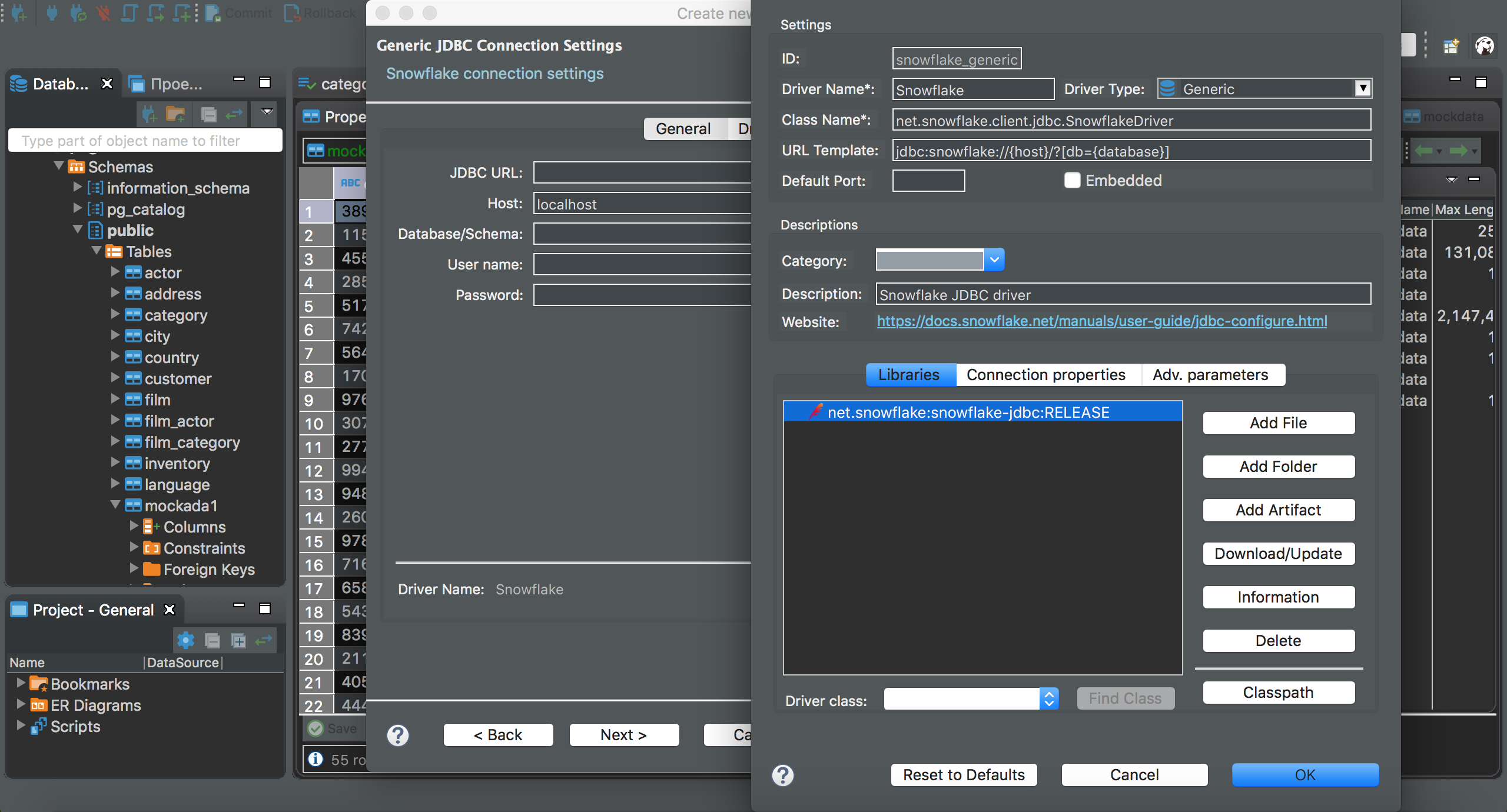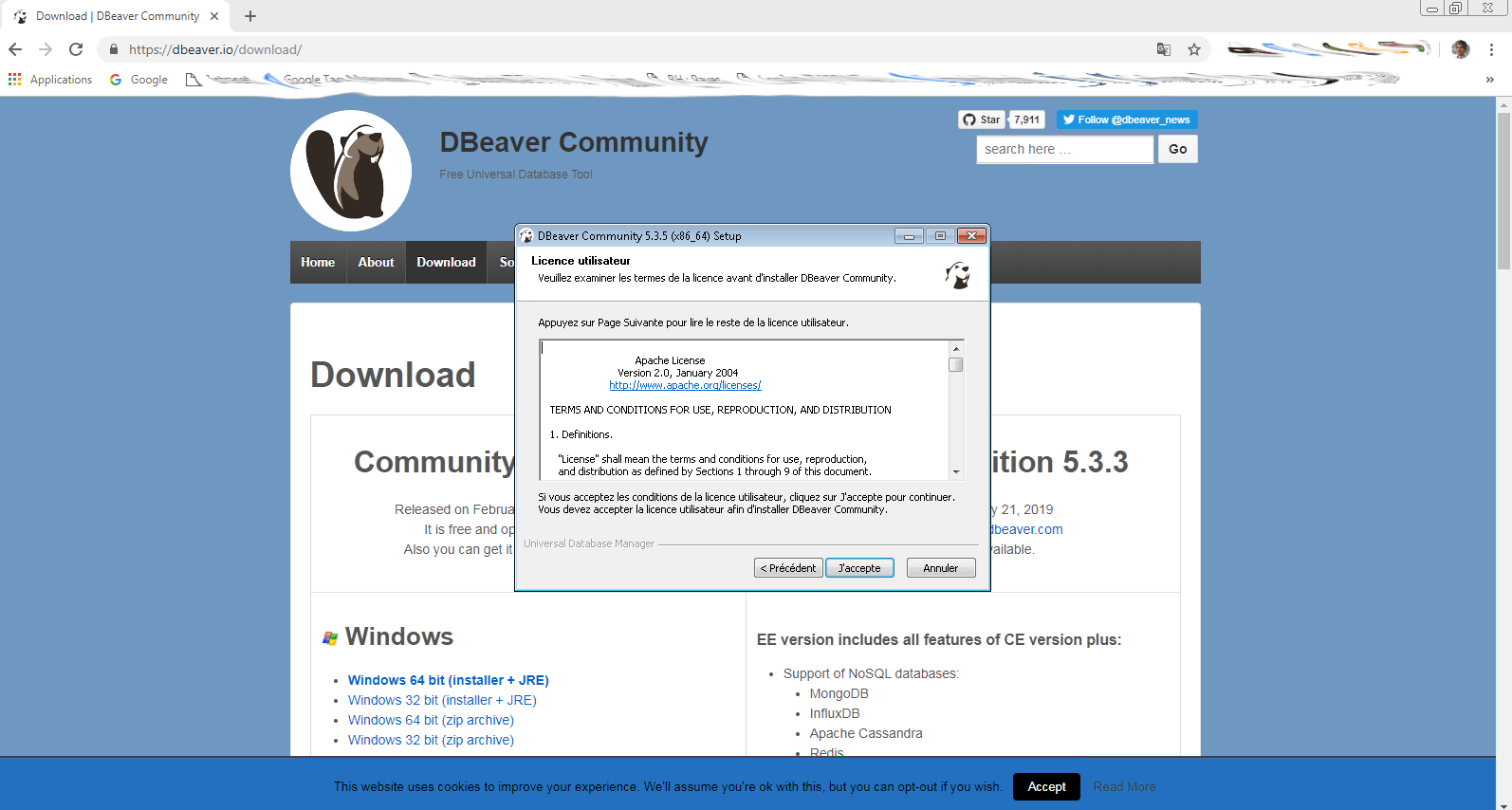

Enter the Tunnel host, Tunnel port, SSH connection username, and select the Authentication method.Īs always, we recommend using Public key authentication. Database Connection SettingsĮnable SSH by checking the Use SSH Tunnel option.

Then click on the SSH tab to enter the tunnel connection settings as explained in the next step.
Dbeaver review password#
Now enter the database connection settings, the database host IP or FQDN, database name, database username, and the user’s password as highlighted in the following screenshot.
Dbeaver review driver#
Select your database driver from the list as highlighted in the following screenshot and then click Next. Connected to Remote Database Configure SSH Tunneling in DBeaverĪfter launching DBeaver, go to the Databases tab, then click New Database Connection as shown in the following screenshot. If the provided settings and credentials for both the database connection and the SSH tunnel are correct and valid, the tunnel and database connection should be established successfully. Then click SAVE as highlighted in the following screenshot.

We recommend using public-key authentication so select IDENTITY FILE and select the private key file from your local machine. Then select the Authentication type (either password or identity file). Turn on the “ Use SSH tunneling” option, enter the Tunnel host, Tunnel port, SSH username. You can check Save password to store the password locally so that you are not prompted to enter it every time you attempt to connect to the database. Then set the port, database name, database username, and the user’s password. Enter the database server IP address or FQDN (fully qualified domain name). Next, click on the Connection tab to enter the database connection settings. In the pop-up window, under the General tab, enter the server name as highlighted in the following screenshot. Open your pgadmin4 application and start by creating a new server connection, go to the Objects tab, then click Create and click Server.
Dbeaver review how to#


 0 kommentar(er)
0 kommentar(er)
